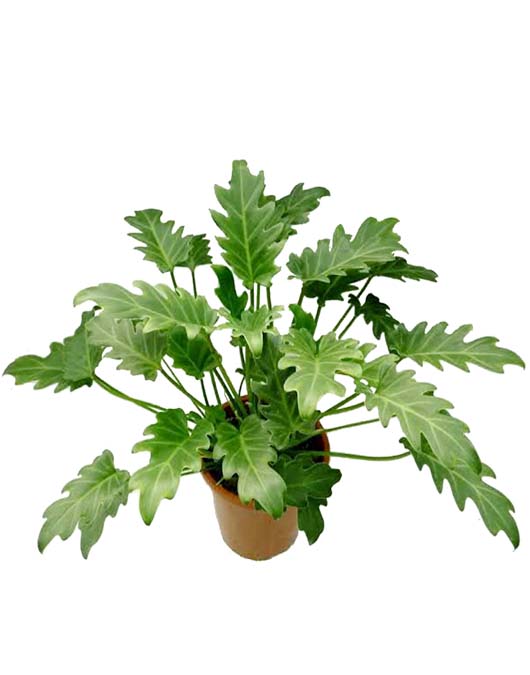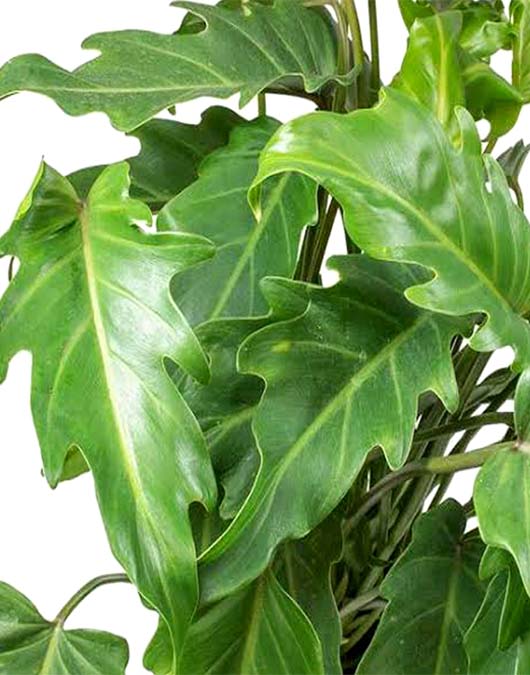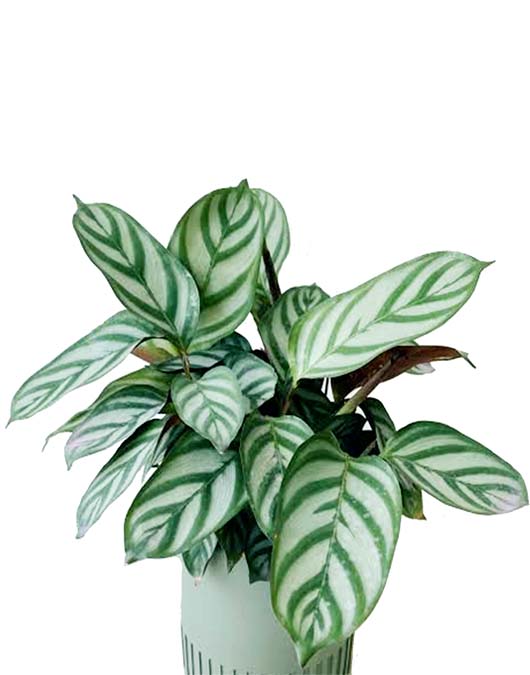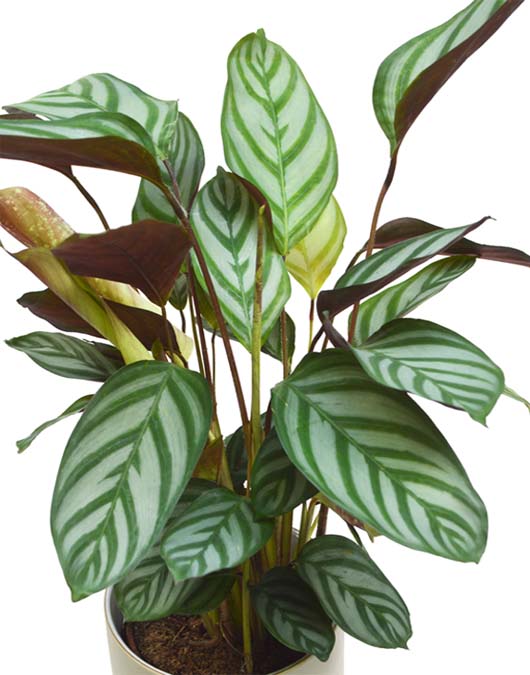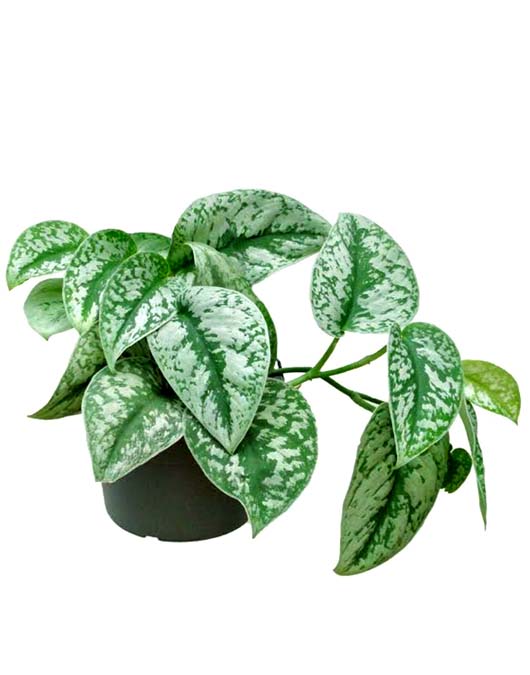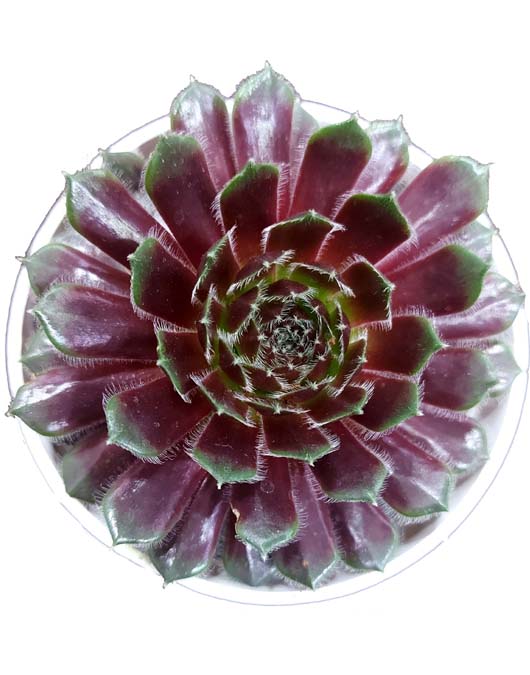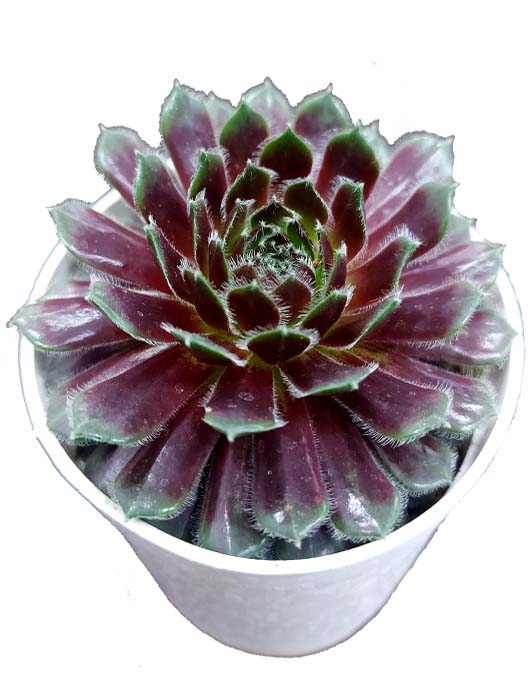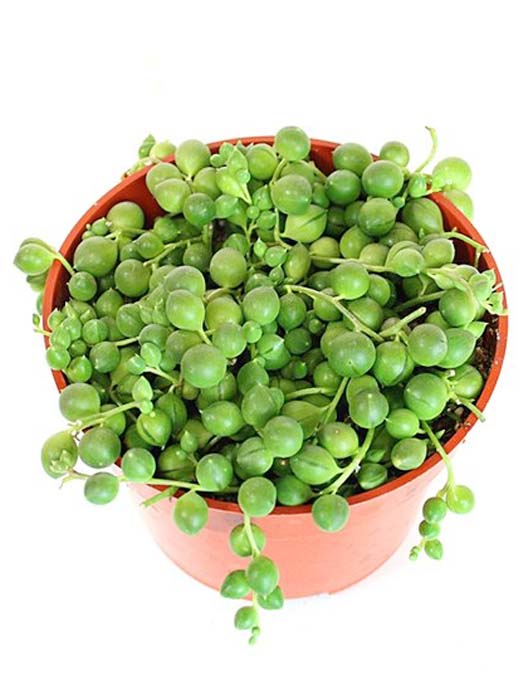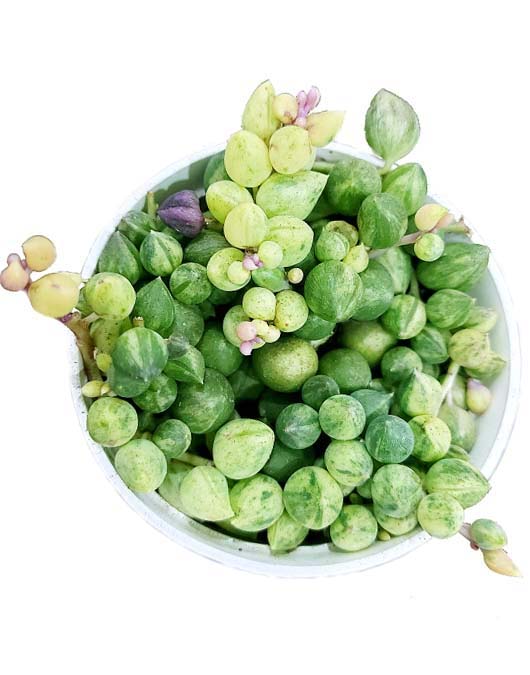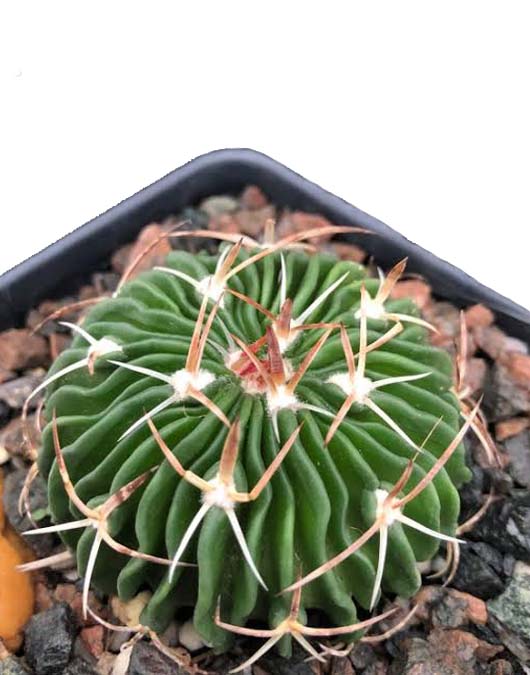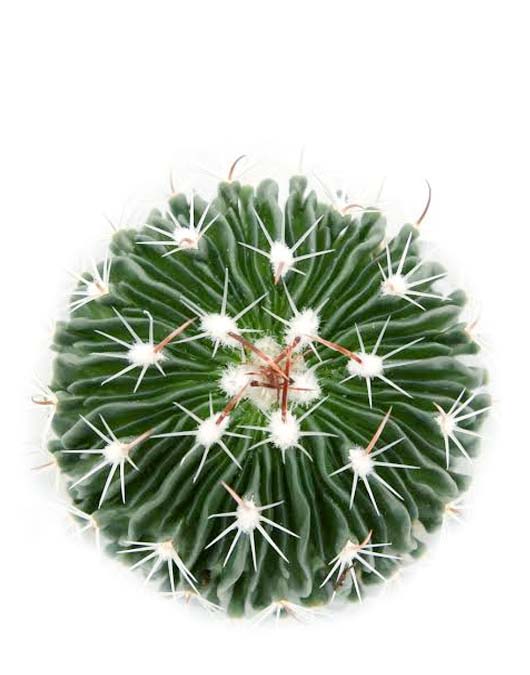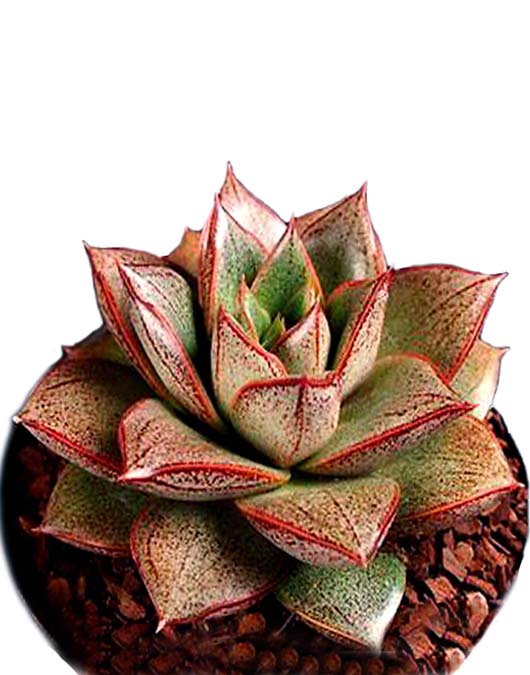- Calathea Burle Marx’s plants have oval leaves that look as if they have been painted. Its colors are typically a variation of dark and light green and do well in low-light areas
- Ctenanthe burle-marxii is a compact houseplant that makes a bold tropical statement. Its bright green leaves are striped with alternating lance-shaped bands, and have deep purple undersides and stems.
- Ctenanthe burle-marxii is nicknamed the “Fishbone Prayer Plant” due to the unique leaf pattern.
- Ctenanthe are related to Maranta, Calathea and Stromanthe. All are known and cherished for their extraordinary decorative foliage and are sometimes called Prayer Plants due to the way the leaves close upwards in a prayer-like fashion in the dark.
- Plant Will Be Given With Free Plastic Pot
- Satin Pothos Argyraeus is an excellent indoor plant due to its ability ot survive in low light . It is an Air Purifier plant as it efficiently removes indoor pollutants. It is also an easy to care for plant suitable in living room, balcony, bedroom or in hanging baskets.
- It’s unique looking leaves make it a fantastic plant for living room home décor, office desk and is easy to maintain even for gardeners who are at beginner level.
- Watering requirement for the plant is generally twice a week. But it is ideal to water it whenever the top layer of the soil feels dry.
- You’ll see the best leaf color and variegation by keeping it in bright, indirect light. You’ll also keep the plant healthy by boosting the humidity around it. In fact, its variegated foliage makes Satin Pothos a beautiful addition to a terrarium.
- Trails to 3 ft (90 cm) or more. You can cut the stems back to any length, if you want a smaller houseplant.
- Sempervivum are succulent, rosette forming plants belonging to the Crassulaceae family.
- They are commonly known as Hens & Chicks, Houseleeks or Hen and Chickens. The main attraction of these plants is their colourful rosettes of leaves.
- Rare variety
- Plant Will Be Given With Free Plastic Pot
- Also known as “string of beads” or “Rosary,”
- This succulent is a perennial vine of the Asteraceae family and is native to southwest Africa.
- Like most succulents, it requires very little hands-on care.
- In addition to its unique foliage, string of pearls can produce tiny white flowers with bright-colored stamens. (Some say the blooms smell like cinnamon.)
- Plants Will Be Given With Free Plastic Pot
- Variegated String of Pearls A phenomenal variegated oddity in the succulent world. String of Pearls is a well-loved favorite but its variegated form is a cut above. Its bead-like leaves are mottled with cream, green, and sometimes even pink! The thin, string-like stems can cascade several feet.
- String of Pearls tends to like a bit more water than most succulents. Only water when the soil is dry; a slight wrinkling of the leaves indicates the plant is ready for water.
- produces pom pom-like flowers that smell of cinnamon. Try growing Variegated String of Pearls in a hanging pot
- This variety is easy to re-root from stem cuttings.
- Plant Will Be Given With free Plastic Pot
- The base coloration of Stenocactus multicostatus ‘Wave Cactus’ is a rich, greyish green, which serves as a lovely backdrop for the large pink blooms that will emerge during the summer months, featuring yellow stamens and deeper pink striping down the length of each petal.
- The brain cactus (Stenocactus multicostatus) features distinctive wavy ribbing on its surface that almost looks like the folds of a brain,
- Stenocactus Multicostatus is native to Mexico, specifically to the Chihuahua, Coahuila and Durango, Zacatecas, and the Nueva Leon regions. The dry meadowlands suit it well, and it adapts well to draughts by hiding in the rocky soil.
- Its small size and low-growing nature make it suitable to be grown in pots. In suitable environments, it can also be grown outdoors
- Plant Will be Given With Free Plastic Pot.
Out Of Stock
EtonGreen Live Succulent Plant Crassula Campfire
- Crassula capitella, is a perennial succulent plant native to southern Africa.
- This is very colorful and eye-catching branched succulent with densely compact propeller-shaped leaves.
- The foliage of this plant grows in prostrate with lime green color at the bottom and turns red at the tips.
- it grows very fast with a little bit of care and produces vibrant and bright color
- This campfire succulent particularly attracts the bees and butterfly If you are a real lover of butterfly this is the best option for you.
- Plant will be given With Free Plastic Pot
- Water needs only moderate watering when established Keep in direct sun, water in morning, and water only when soil is fully dry
- Its foliage has a very unique and exclusive feature when you give a little bit of stress to this plant it will achieve a vibrant and bright red color mainly in winter.
- Echeveria purpusorum is a small succulent with tight, usually solitary rosettes that occasionally produce few offsets.
- Echeveria purpusorum is a petite rosette-shaped succulent. They are native to Oaxaca and Puebla, Mexico.
- The genus Echeverria is named after Atanasio Echeverria Codoy, an 18th-century botanist. However, the purpusorum species was discovered by Carl and George Purpus. Carl, a botanist and George, the explorer usually worked together.
- Like most succulents, Echeveria Purpusorum is short and thick-leaved plant. It is known in some circles as The Rose or Urbinia. Its moniker, the rose, comes from its leaves’ arrangement and pigmentation. A full-grown plant resembled a rose flower. This resemblance is reinforced by its red pigmentation along its leaves’ edges.
- Echeveria purpusorum has typical watering needs for a succulent. It’s best to use the “soak and dry” method, and allow the soil to dry out completely between waterings. Be sure not to let water sit on the leaves, and use a well-draining soil.
- Plant Will be Given With Free Plastic Pot

